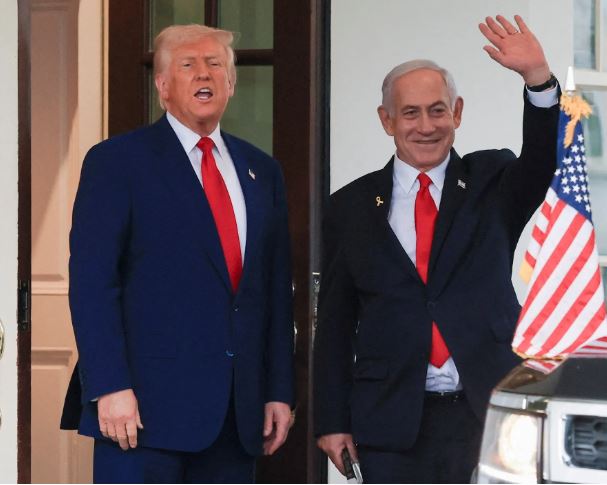A classified preliminary assessment by the U.S. Defense Intelligence Agency (DIA) has concluded that recent American military strikes on Iran set back Tehran’s nuclear program by only a few months, contradicting President Donald Trump’s claim that the facilities were “completely destroyed.”
The report, cited by U.S. media on Tuesday, indicates that while the strikes damaged some facilities, they failed to eliminate Iran’s stockpile of enriched uranium or fully disable its centrifuge operations. Instead, the aerial and missile assaults reportedly sealed off entrances to several sites without destroying the fortified underground structures housing key components of Iran’s nuclear infrastructure.
President Trump has rejected the findings, accusing media outlets such as CNN and The New York Times of attempting to undermine the credibility of the operation. “THE NUCLEAR SITES IN IRAN ARE COMPLETELY DESTROYED!” Trump declared on his Truth Social platform.
White House Press Secretary Karoline Leavitt shared a post on her Xpage acknowledging the authenticity of the DIA’s findings but dismissed them as “flat-out wrong,” suggesting the leak of the top-secret assessment was a politically motivated attempt to discredit the administration’s military decision-making. “Everyone knows what happens when you drop fourteen 30,000-pound bombs perfectly on their targets: total obliteration.
Steven Witkoff, Trump’s special envoy to the Middle East, defended the administration’s stance in a Fox News interview, insisting that the nuclear facilities at Natanz, Isfahan, and Fordo were effectively obliterated. He claimed that “most if not all of the centrifuges” were destroyed and suggested Iran would require years to restore its capabilities.
The strikes, conducted over the weekend, involved U.S. B-2 stealth bombers deploying GBU-57 bunker-buster munitions and a guided missile submarine launching Tomahawk cruise missiles. Defense Secretary Pete Hegseth described the operation as a “devastating blow” to Iran’s nuclear program.
However, General Dan Caine, the U.S. military’s top officer, struck a more measured tone, stating that while the strikes inflicted “extremely severe damage,” they did not eliminate Iran’s ability to eventually restart its nuclear activities.
Iran, meanwhile, said it has activated contingency plans to resume its nuclear program. Mohammad Eslami, head of the Atomic Energy Organization of Iran, stated on state television that “production and services are not disrupted,” adding that preparations to restart operations had already been in place.
An adviser to Iran’s supreme leader, Ayatollah Ali Khamenei, further asserted that Iran retained stocks of enriched uranium and warned that “the game is not over.”
The strikes followed an earlier Israeli air campaign on June 13 targeting Iranian nuclear facilities, scientists, and senior military figures in an attempt to delay Tehran’s nuclear development.
President Trump, who withdrew the U.S. from the 2015 nuclear agreement with Iran during his first term, had reportedly spent several weeks seeking a new diplomatic arrangement before opting for military action.
According to the Pentagon, the U.S. operation was among the most expansive in recent history, involving over 125 aircraft including stealth bombers, aerial tankers, reconnaissance drones, and missile submarines.



